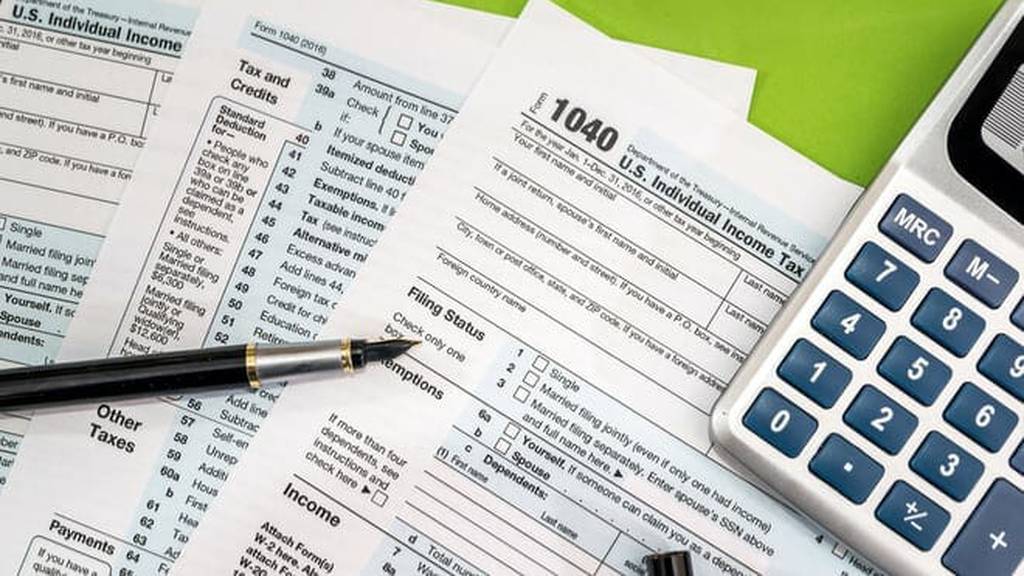If you have a savings account, mutual fund, bonds, dividend-paying stocks or any interest-bearing account, you may need to attach a Schedule B to your Form 1040 (tax return) come spring. Filers are generally required to fill out a Schedule B if interest and dividend income from all sources exceeds $1,500.
You’ll also need to fill out a Schedule B if any of a few other criteria apply:
- You received interest from a seller-financed mortgage where you used the home as a residence
- You have accrued interest from a bond, and you are reporting an original issue discount in an amount less that reported on form 1099-OID
- You are reducing bond interest income by the amount of amortizable bond premium
- You are claiming exclusion of interest from certain US savings bonds
- You received interest or dividends as a nominee
- You held a foreign account or had transactions with a foreign trust

In spite of the confusing-sounding language, filling out a Schedule B is relatively simple. Since the schedule is attached to your Form 1040, the only personal information you’ll need is your name and social security number.
Before filling out your Schedule B, you’ll want to gather all of the documents on which any bank, broker, or foreign trust reports interest and dividend information. For most filers, that will mean gathering 1099 forms, or substitute documents.
Interest payers will usually provide you with a Form 1099-INT, and brokers and mutual funds will report your dividends on a Form 1099-DIV.
To fill out a Schedule B, first separate all documents reporting interest payments. You’ll then list on the Schedule B each payer and the corresponding amount paid. The next step is to total those numbers. You’ll then subtract any interest that can be excluded, such as interest on qualifying US savings bonds.
The balance remaining is entered on your Schedule B and on your Form 1040 in line 8a.
Next, you’ll gather all 1099-DIVs and other documents reporting dividends. You’ll record the name of each payer and the corresponding amount, as you did for interest. This time though, there is nothing to subtract.
The total amount of dividends received is recorded on the Schedule B and line 9a of your Form 1040. If either of those totals exceed $1,500, or if you had a foreign account or were involved with a foreign trust, you’ll have to fill out the third and final part of Schedule B.
For this portion of the schedule, you need only answer a few questions.
- Did you have any foreign accounts during the year? If so, you’ll need to list the country.
- Did you receive a distribution from, or were you a grantor of or transferor to, a foreign trust?
If you did receive a distribution or were a grantor or transferor, you may need to fill out Form 3520. The rear of your Schedule B and Form 3520 can explain whether or not you’ll need to file a Form 3520.
For most filers, filling out the Schedule B should be a piece of cake. However, if you fall into one of the more complicated categories and find yourself asking complicated questions, it’s best to consult a professional. The last thing you want to do is misrepresent your income and fall victim to back taxes and penalties.
Should you need help filing your taxes this year, you may want to consider both Turbo Tax and H&R Block. Their free online tax software can make your tax nightmares disappear.









